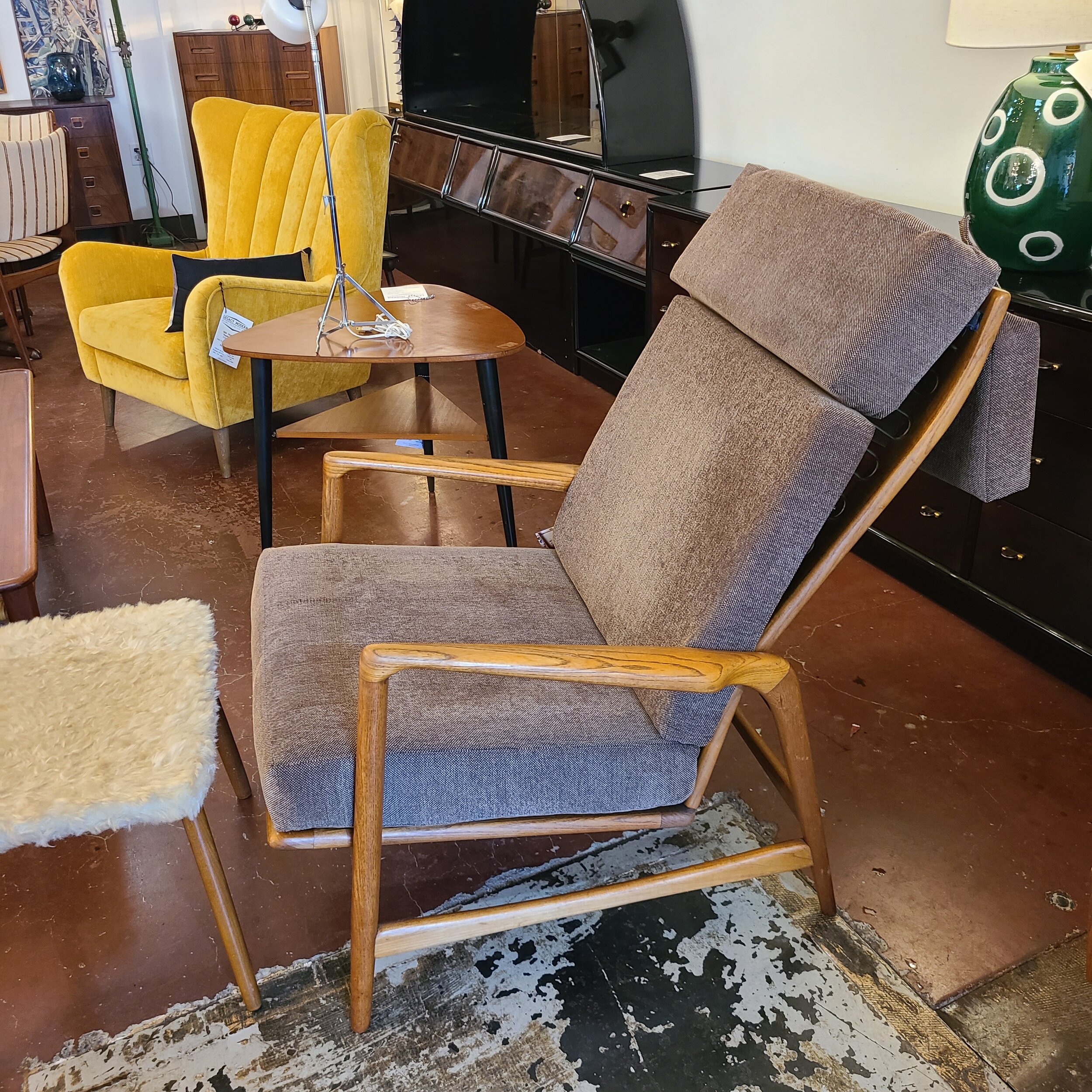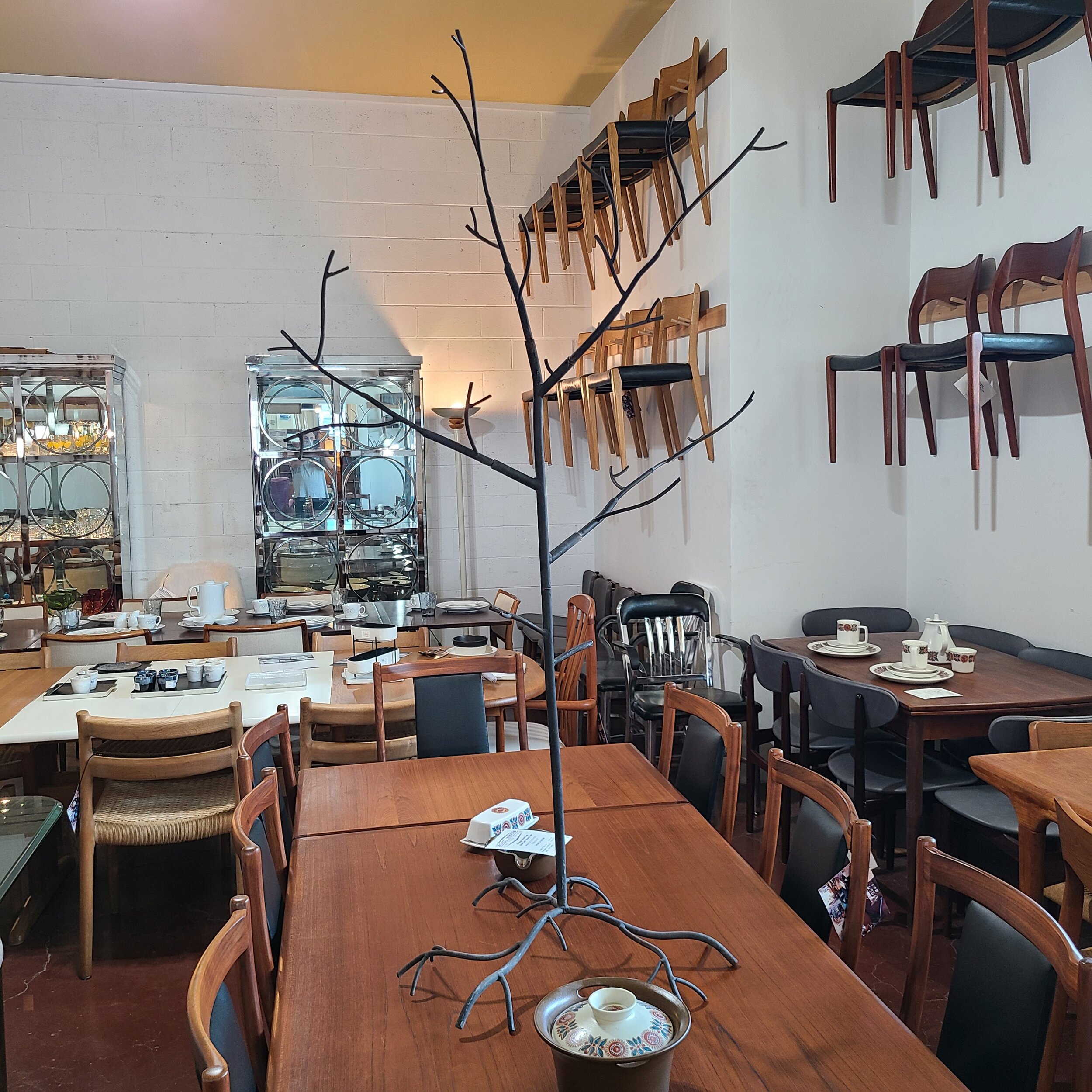Best Ways to Evaluate Quality and Longevity of Danish Modern Furniture
Why collect authentic Danish modern furniture?
Besides recycling and reuse becoming quite vogue in a world battling climate change, there are other worthwhile considerations. Modern vintage furniture adds a layer of interest to any decor; it captures a time and place.
Danish Modern furniture, famous for its distinct characteristics of fine craftsmanship, minimalism, and organic curves, continues to be hugely popular in the interior design industry.
Bauhuas, a German design school founded in the 1920’s, pushed for mass production of art and design in the “modern age”. Danish counterpart, Kaare Klint, known as the father of Modern Danish furniture, established the School of Arts & crafts at the Royal Danish Academy of Art in 1924, which became a hub for furniture designers , elevating Denmark’s reputation for design after WWII.
The pinnacle of Danish furniture lasted from 1940-1960. Iconic designers like Arne Jacobsen (egg chair), Hans J. Wegner (wishbone chair), Borge Mogensen (his famous teak wood sideboards with two sliding doors and other furniture for “the people”, and Finn Juhl (know for more sculptural than furniture like the grasshopper chair) became popular in the U.S. as a result of the post-war housing boom, designed for high end clients and more affordable.
Things to consider:
Materials
Great emphasis was placed on the materials used, wood being the most important element such as oak, beech, and teak.
Joinery
Check out the joinery: exposed nails or obvious glue is a sign that the piece is not authentic. Handiwork should look well executed. Ideally you would like your furniture to be made of solid wood. Take a close inspection. If you don’t see any laminate (also known as plywood), visible as a line or grain change beneath any veneer, then you could have a solid wood piece. As a collector, you’ll want to know if the piece is solid wood or not.Design and Shape
Look for clean, pure lines designed for human proportions. They should be extremely comfortable. As for shapes, it ran the gamut from traditional, clearly-defined chairs and cabinets with pure lines to sofas and tables with multiple curves and shapes.
Here is a comprehensive resource of the different designs of the era, making it easier to identify if the piece of furniture you are looking at is original.
Innovation and Danish Modern
Danish modernism is known for unusual shapes with fanciful names. Klint’s Propeller Stool and Jacobsen’s Egg Chair, Swan Chair, and three-legged Ant Chair. Millions have sold worldwide due not just to innovative design, but their simplicity and versatility in different interiors. Finding pieces with strange forms might be an indicator of the real deal. Manufacturers reproductions often eliminate adornments and streamline designs.
Swedish and Norwegian furniture designers loved vibrant colors; they felt it made their furniture unique. Danish designers preferred furniture that was often darker than their counterparts. Darker woods and materials like mahogany and leather were often used. If you have a piece that looks like Danish modern furniture, but is “loud” in its use of materials , than it might not be authentic. Mid Century has had a resurgence of interest by an entirely new generation. There is a whole new spin on the original ideas. Many of them are worthwhile but for those seeking the originals, Danish modernism gets better with age.
These designs first rose to popularity in the early 20th-century due to its emphasis on clean lines, the use of extremely high-quality materials, and their proportional construction, making them a perfect fit for the human body. Kaare Klint if often cited as the originator of Danish modern furniture.
As a collector, you’ll want to know if the piece is solid wood or not. Danish modern furniture put careful thought into the design and shape of furniture as they relate to the body. Clean, pure lines designed for human proportions created pieces that were extremely comfortable.
Familiarize yourself with the style; there are many different designs and designers, and various furniture manufacturers. There is a vast difference that can be found among individual designers.
Until next time,
Mike & Co.
- written by Suzanne Fortescue




